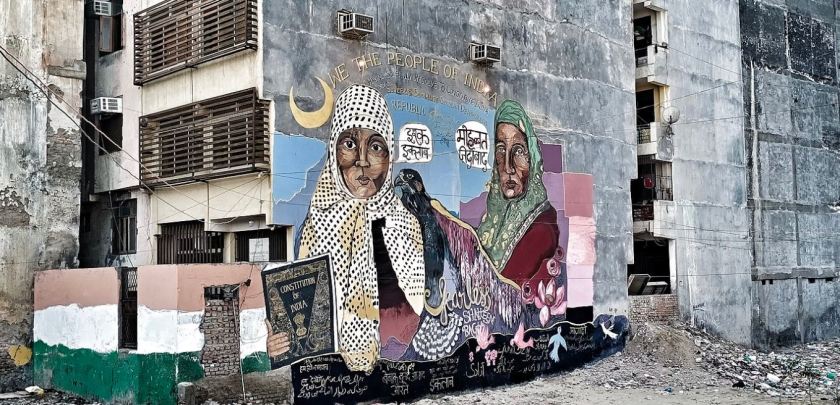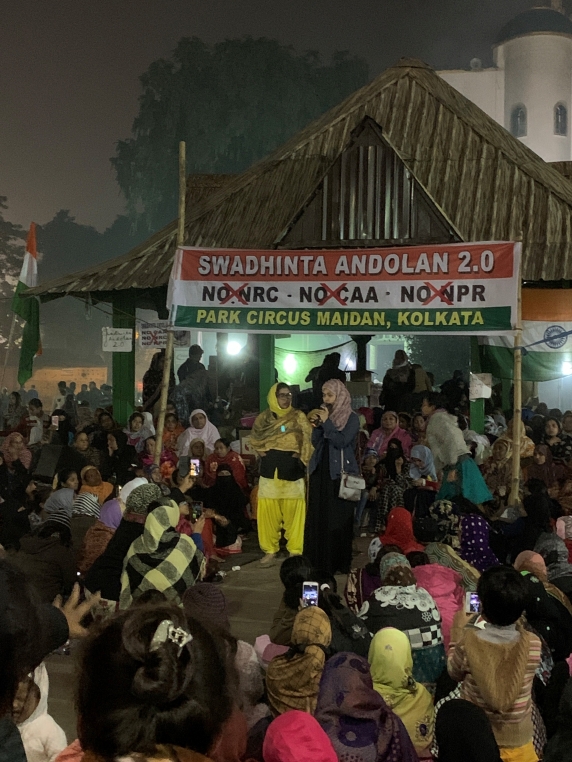
“For an occurrence to become an adventure,” said Sartre in his brief memoir, Words, “it is necessary and sufficient for one to recount it”. Necessary and sufficient: by which I suppose Sartre means that what makes an adventure adventure-like is determined after the fact, when an inchoate event has a narrative and a sort of completeness imposed upon it in retrospect. You can’t decide to have an adventure; you can’t always know you’re in one.
What Sartre said about the adventure, I often felt was true of history: that few people are actually aware of being in history, or in a significant historical moment. The present is frayed, open-ended, distracting, often humdrum. It doesn’t have the polish and carefully-put-together air that history does in books, whether they’re scholarly works or novels, or in cinema. Most people I’ve met who’ve lived through great historical change confess to not being aware at the time of the experience of the importance, the historicity, of what they were going through.
The events in India in the last month and a half [mid-December 2019 to late January 2020] have made me revise my view. For the first time I can think of, I am aware of living in history. It has all the frayed and unpredictable qualities of the present; yet its sui generis nature has taken us by surprise. We weren’t schooled to recognise it or led to expect it; but we know it for being history now that it has happened.
I’m referring, of course, to the nationwide protests that began in the midst of the deep gloom of the Citizenship Amendment Bill becoming an act in both houses of Parliament. They first started in Assam for a particular set of reasons; then — related to the fraught question of what it means to be Indian — in Jamia Millia, Aligarh Muslim, and Jawaharlal Nehru universities; spreading then to streets and squares everywhere, breaking with the terrible “normalcy” of the BJP’s second term’s first seven months, replacing the post-CAA despair with incandescence and exuberance. No historical moment, or protest, is like another — this much is clear now. Not only India, the world has known nothing like this before. What’s being formulated is the thought that to be Indian is not only to be secular — it is to be human. Although the conflagration and revaluation was prompted by religion, it’s not God that’s at issue here.

The words, “idea of India”, trip readily off the tongue. But what does being an “Indian” actually mean? At which point did the word begin to be used by the English, and when and how was it wrested away from the coloniser so that it became a keyword, a potent concept, for the “natives”? To be Indian was to be many things, but I think it also comprised an overhaul of the coloniser’s ownership of humanism. When a late 19th-century Englishman used the word “human”, he most often meant “Englishman” or, at most, “European”. When late 19th-century Indians, increasingly divorced from power in their own country, used the word “Indian” for themselves, they were inserting themselves into the history of humanism, which gave them the freedom to perform and be defined by a range of characteristic but seemingly contradictory actions. Whether or not the “Indian” was a Muslim or high or low-caste Hindu or a Christian or man or woman, they could read, equally, the Gita, the Bible, or Wordsworth, or listen to a qawalli or a bhajan, often in new secular contexts; to be Indian also meant one could oppose the English coloniser politically while being able to study, and be moved by, English poetry. This is how the experience and consciousness of “being Indian” expressed anew, and in an unprecedented way, what it meant to be human. That to be Indian was not a political identity alone. Besides civilisational pride, it was this modulation of humanism that gave Indians their sense of parity, their absence of a sense of cultural marginality, in relationship to their political rulers.
In the last half century, it’s not only liberalism and, in India, secularism that have been called out as fraudulent; humanism, of which the other two are offshoots, is a worldview that’s been largely put on the shelf. The reasons for this are unarguable: to do with the powerful — whether they’re European, or male, or elite, or all of these – using the word “human” primarily to refer to those who are European, or male, or elite, and leaving the rest of the world outside the word’s purview. On these grounds, humanism was made illegitimate, both by the Left and the Right, as an idea that was more exclusionary than inclusive. It splintered into a variety of political identities, to do with class, race, gender, and postcolonial difference, which the word “human” had once enveloped and muffled. No one but a nostalgist would invoke humanism. It had had its day.

Or so it seemed until last month. The protests since mid-December — participated in by women, men, and children of all religions and classes, almost entirely peaceful and mostly unaffiliated to any political party — represent the first resurrection anywhere in the world of what one thought was an anachronism: the humanist legacy. The resurrection has brought renewed attention to the Constitution, which is a humanistic rather than a nationalistic document. To be Indian is to be Hindu, the BJP has instructed us, in a way that mutilates both categories. The protests have replied: to be Indian is to be human.
Most protests worldwide have had to do, with good reason, with the indispensable assertion of the interests of beleaguered groups and identities: we’d forgotten what it meant to fight for humanity because it had become blurred as an idea, or an ideal. Fighting for an ideal itself belonged, conceptually, to another epoch and value-system. Who remembers now that an ideal can be more pressing and immediate than self-interest? The world would have been unconvinced of this until recently. Yet, the Hindu or the Muslim person on the street rejecting the CAA is not there for sectarian reasons, but to fight for an ideal articulated decades before it was formalised in the Constitution. Humanism, not nationalism, determines the contexts in Shaheen Bagh and elsewhere, of national flags and pictures of Ambedkar and Gandhi and the recitations of the Preamble; yet not even Gandhi or Ambedkar, or any European liberal, could have dreamt that humanism could be so radical an instrument, cutting across religions, classes, castes, and genders.
WE, THE PEOPLE OF INDIA, having solemnly resolved to constitute India into a SOVEREIGN SOCIALIST SECULAR DEMOCRATIC REPUBLIC and to secure to all its citizens
JUSTICE, social, economic and political;
LIBERTY of thought, expression, belief, faith and worship;
EQUALITY of status and of opportunity; and to promote among them all
FRATERNITY assuring the dignity of the individual and the unity and integrity of the Nation;
IN OUR CONSTITUENT ASSEMBLY this 26th day of November 1949, do HEREBY ADOPT, ENACT AND GIVE TO OURSELVES THIS CONSTITUTION.
Who would suspect, unless one discovers Shaheen Bagh or Park Circus, humanism’s deep compatibility with religious identity, and the latter’s kinship with rationality? If there’s one thing that interviews, comments, and placards on the street have revealed, it’s that the “ordinary person” is not to be respected for their ordinariness alone, nor the burkha-clad woman for her ethnicity and difference, but for speaking with a more profound common sense, clarity and rationality than our politicians. Remember, only a tiny sliver of the rational tradition belongs to Western science; much of it originates in spiritual movements that rebut bogus religiosity, going back to Buddhism and various devotional movements. All these cultural energies have gone into creating the new humanism we’re seeing taking birth on the street.
Realising, in an absolutely fresh way, that history, unlike the “adventure”, is not the recounting of a narrative but where we are now, I’ve entered it in some of these streets and parks myself.
© Amit Chaudhuri, reproduced with permission of the author.
This article first appeared in the print edition of the Indian Express on 25 January 2020 under the title “Reclaiming the Republic”.


